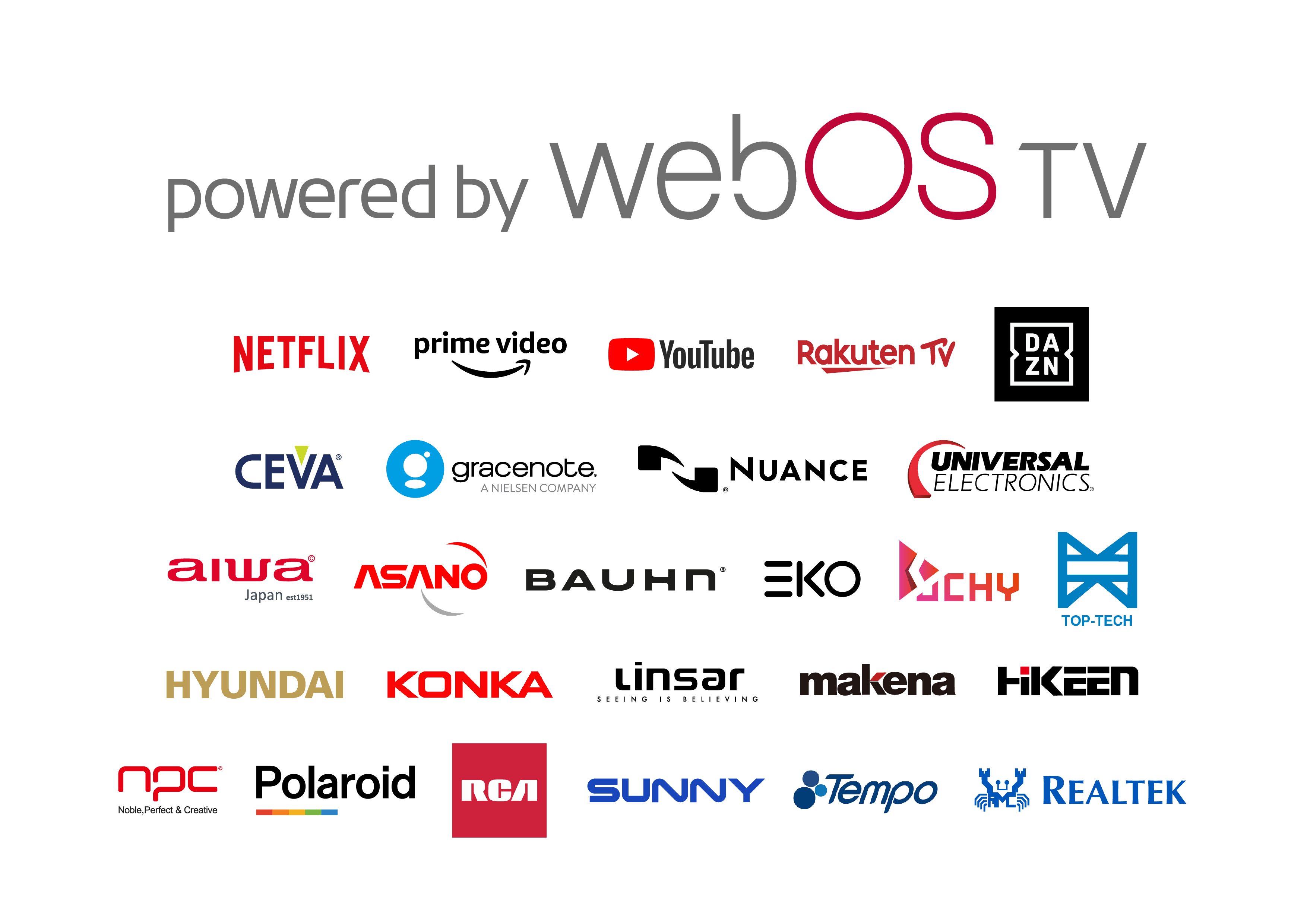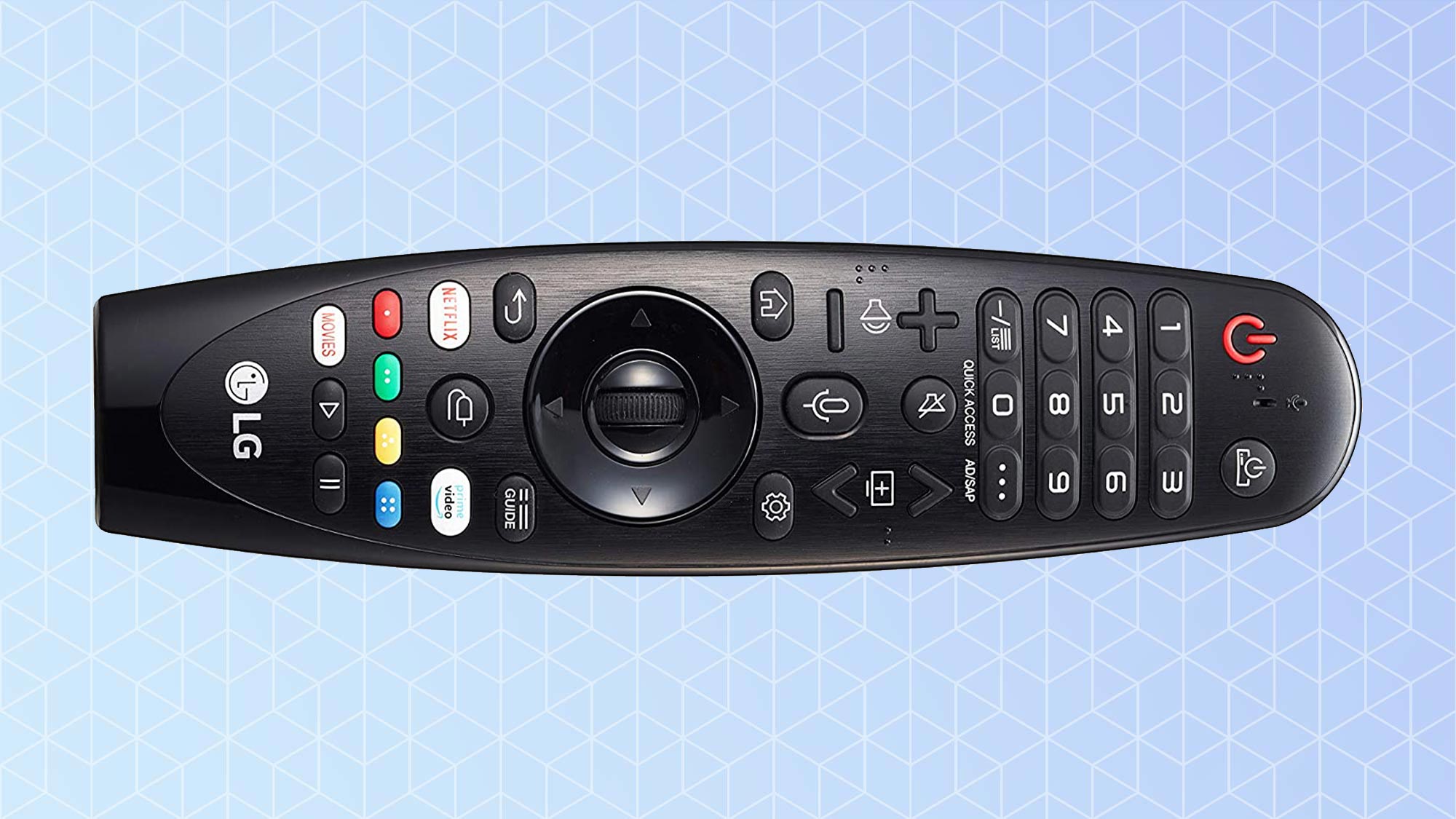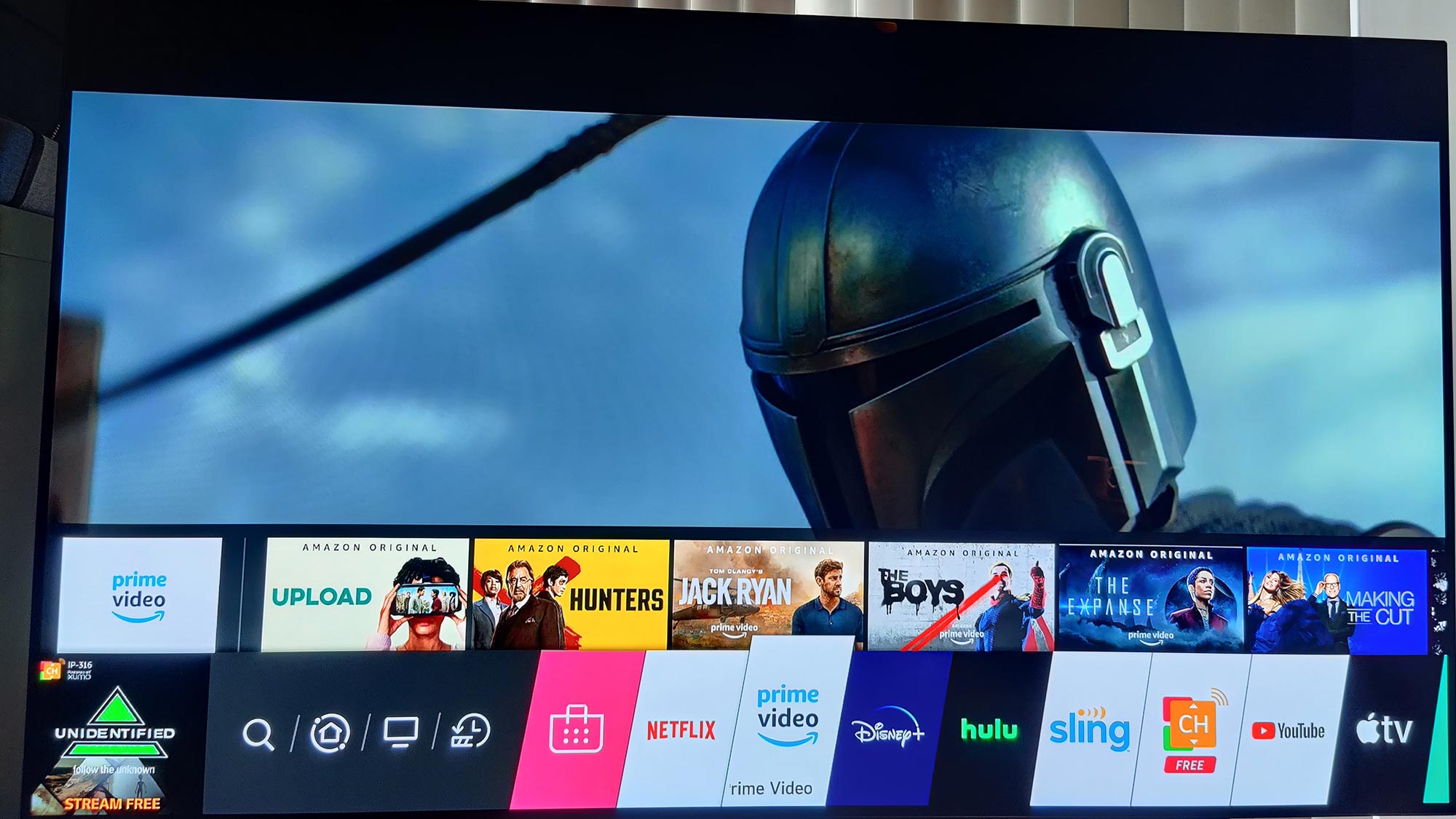LG webOS is coming to more TV brands — why that’s a big deal
LG's excellent smart TV interface will take on Roku and Android TV, thanks to a new licensing deal.

LG webOS will be on more TVs than ever this year. LG's exclusive smart TV software won't be limited to LG TVs going forward, as the company has announced that the webOS platform and app ecosystem is going to be licensed to a number of brand partners.
LG is opening up it's proprietary webOS smart TV operating system for use on other brands, according to a company press release. The move positions LG to compete with Google and Roku as a platform for third-party manufacturers, especially on budget smart TVs.
- Check out the best TVs we've reviewed
- TV buying guide: Tips to choose your ideal TV
- Plus: Spider-Man: No Way Home release date and trailer
In the announcement, Park Hyoung-sei, president of the LG Home Entertainment Company, said “By welcoming other manufacturers to join the webOS TV ecosystem, we are embarking on a new path that allows many new TV owners to experience the same great UX and features that are available on LG TVs. We look forward to bringing these new customers into the incredible world of webOS TV.”
We've previously looked at webOS on LG TVs, as seen in our LG CX OLED review, and praised it, saying that LG "may have the best proprietary program on the market." We especially liked its on-screen cursor for motion control, as well as a flexible system of tabs and easy-to-follow graphics. You can also learn more about LG's smart TV software in our guide to LG TV settings and features.
Unlike the still-proprietary Samsung Tizen or Vizio SmartCast, which are only found on TVs from its respective manufacturers, LG will be partnering with manufacturers like RCA, Polaroid and Konka, making webOS a more common sight in the budget TV section of your local Best Buy or Walmart.

According to LG's announcement, these partners will be able to use the webOS interface along with what LG calls "a rich pool of features such as voice search and control, integrated AI algorithms and easy connectivity." LG currently offers voice search that can use either Google Assistant or Amazon Alexa, and that dual-service functionality might become even more common as webOS filters onto TVs from other brands. The move also paves the way for third-party TV brands to adopt LG's Magic Motion remote control.

The shift toward licensing positions LG to compete against brand-agnostic streaming platforms from Google and Roku. Roku, in particular, has emerged as a leading smart TV platform thanks to its prevalence in the budget TV space, spearheaded by brands like TCL.
Get instant access to breaking news, the hottest reviews, great deals and helpful tips.
There are several reasons for LG to make this move, chief among them being money. Third-party TV brands that want to use webOS will be paying LG to license the software, and it lets LG increase the visibility of its brand in the TV category without having to dilute the more premium image held by LG OLED.

The webOS platform is also an LG-owned pipeline for advertising and viewer analytics. And increasing the number of TVs on the market with LG's software on it will probably be a lucrative move for the company, one that comes without the need to design and manufacture more of its own devices.
But having webOS in more TVs will also be a good thing for TV shoppers. It makes it more likely that the apps and services offered through the LG content store will grow. LG currently boasts apps and content from Netflix, YouTube, Amazon Prime Video and sports streaming service DAZN, but it's missing others, both paid apps like HBO Max and the Criterion Channel as well as free streaming services like Tubi TV. As more people tune in to webOS TVs, we'd expect to see more support for new apps.
Brian Westover is currently Lead Analyst, PCs and Hardware at PCMag. Until recently, however, he was Senior Editor at Tom's Guide, where he led the site's TV coverage for several years, reviewing scores of sets and writing about everything from 8K to HDR to HDMI 2.1. He also put his computing knowledge to good use by reviewing many PCs and Mac devices, and also led our router and home networking coverage. Prior to joining Tom's Guide, he wrote for TopTenReviews and PCMag.

